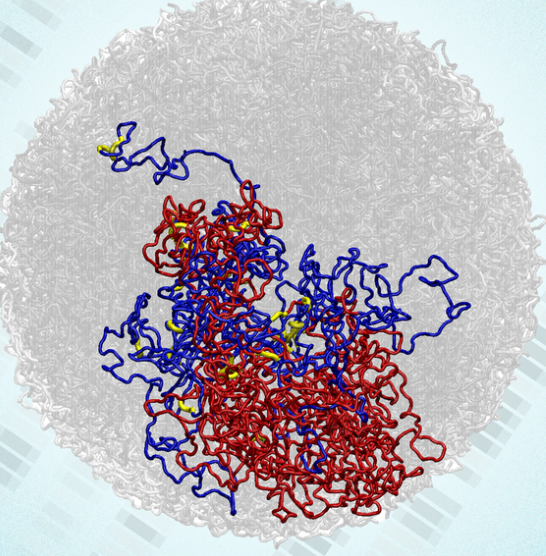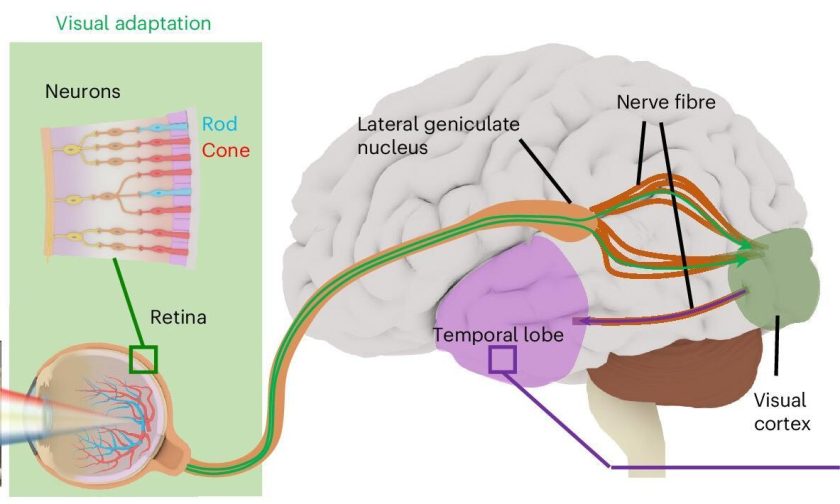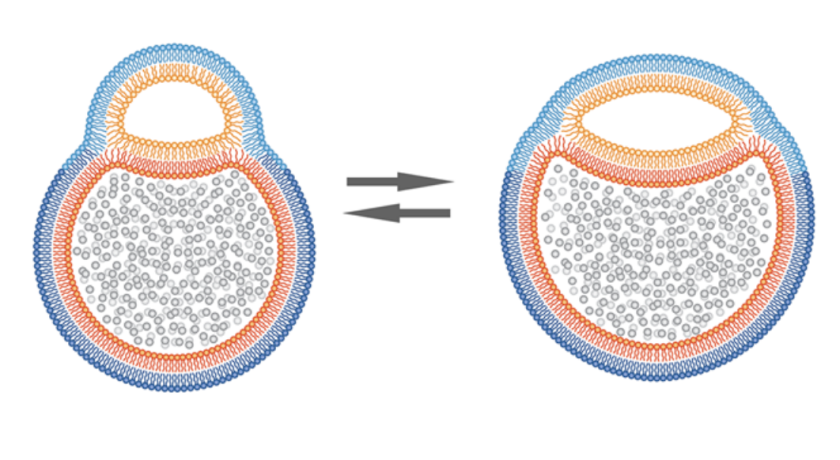
Until now, neuroscientists believed that during memory consolidation only “one” excitatory process occurs and that also in the Hippocampus region of the brain. Lately, McGill-led multi-institutional research team has discovered that there is not one but two different processes that are simultaneously taking place in different neural network within brain.
The two processes are opposite to each other, that is, excitatory and inhibitory networks. But first, lets see how memories are formed in the neural circuits.
How are memories formed?
Learnings begins with sensory signals that begins in cortex. The signals are then transmitted to Hippocampus. It is here, the new memories are formed.
Long term memories are established if
- the signal is strong or
- there is repeated transmission from cortex
Finally, the memories are wired back to cortex for long term memory storage.
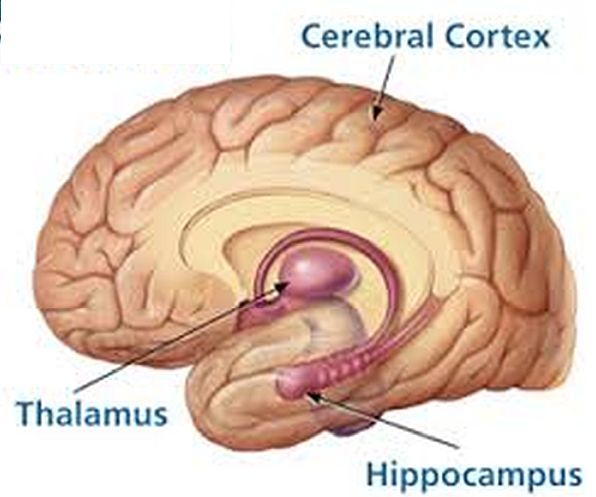
Any damage or abnormal change in Hippocampus impair formation of any new memories. However, the lesion does not impact the older learnings.
Brain comprises of a mesh of neurons or the neural cells. In this network of neurons, each neural cell is connected to other neurons via synapse. One neuron has around one thousand connections with another neurons. Thus, there is a complex network of neurons that forms the entire brain functions.
Interesting part is, these synaptic connections can change over time. This process is called synaptic plasticity or neuroplasticity.
With a simple principal, “use it or lose it“, the connections prefer holding onto memories or “forget” by transmitting less or no signals. After all, new connections give rise to new memories.
What is memory consolidation?
Memory consolidation is a process where short term memories are transformed into long term memories. The process involves protein synthesis as proteins glue memories together, says, Neuroscientist Joseph E. LeDoux.
An experience leads to short term memory, once consolidation is done, the short-term memory morphs to long term memory. Without consolidation, there is no long-term memory.
Neurons forming memory undergo protein synthesis.
In reconsolidation a memory which is fully consolidated, once its retrieved, goes through another phase of protein synthesis in order for that memory to be processed into the future.
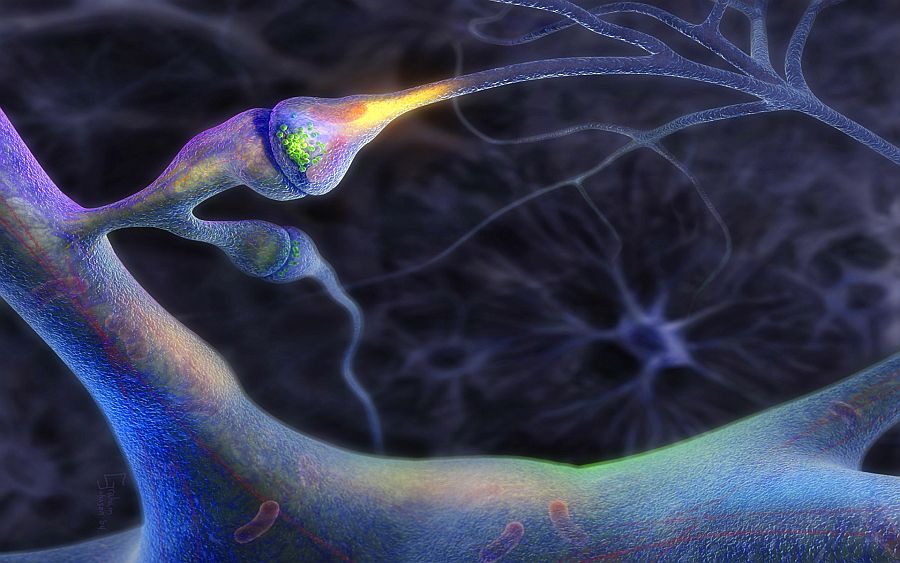
Excitatory and inhibitory neurons in memory consolidation
Initially it was believed that for memory consolidation to take place only excitatory process in Hippocampus takes place but now with the current research, this notion has been ruled out.
Researchers at McGill University, Université de Montréal and University of Haifa have proposed that there is one more process that play an important role in long term memory formation.
Both the excitatory and inhibitory networks are equally responsible for short term memory to morph into long term memory. Excitatory network helps in creating memory trace while inhibitory neurons block the background noise for allowing long term memory to take place.
Stimulation of protein synthesis via eIF2α
Researchers manipulated molecular pathway in transgenic mice. The molecular switch, eIF2α, is responsible for controlling long term memories and regulating protein synthesis.
The finding resulted in two observations:
- as was expected, there occurred stimulation of protein synthesis via eIF2α in excitatory neurons of the hippocampus
- stimulation of protein synthesis via eIF2α in inhibitory neurons, somatostatin interneurons

Takeaway
It is interesting to see that we are still far from understanding the functions of neural network. Every new research throws light on the possibility of therapeutic interventions in various neuropsychiatric illnesses.
Efforts are still being done and very soon we would be able to cure neurodevelopmental and neurodegenerative diseases as well.
Via: McGill University

